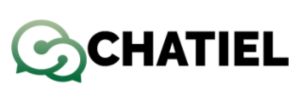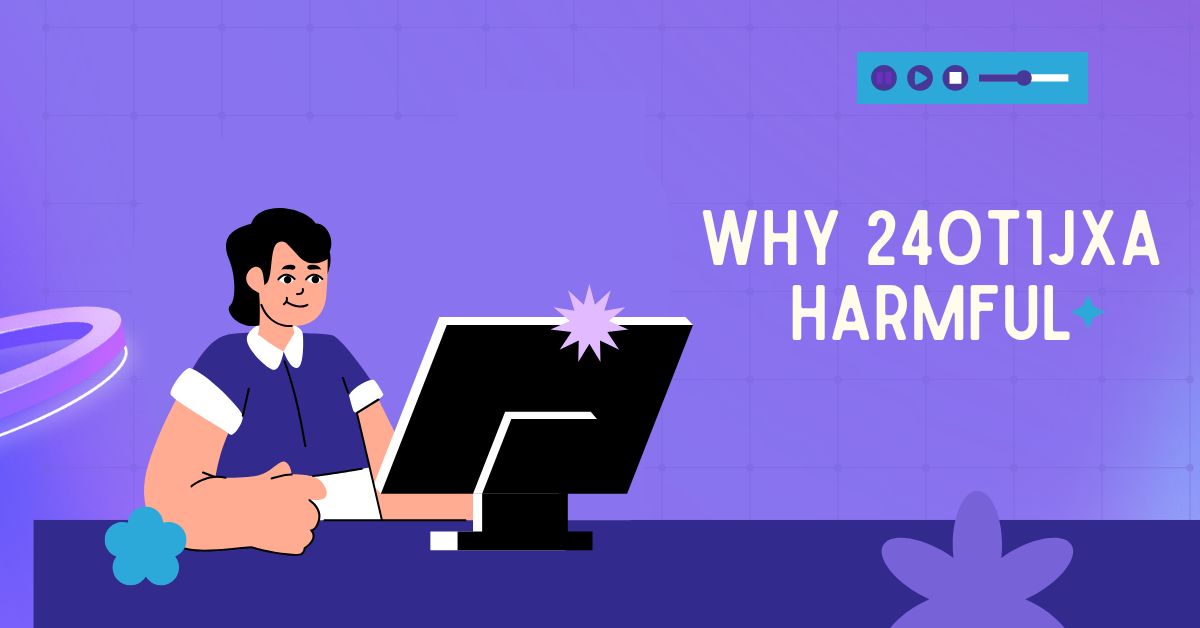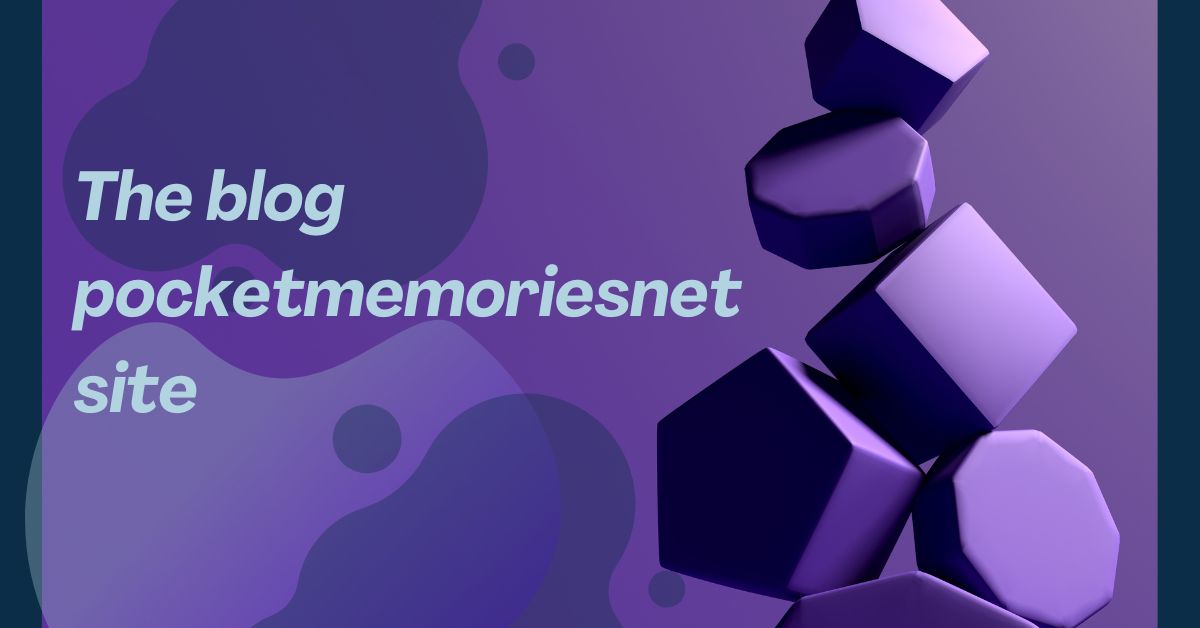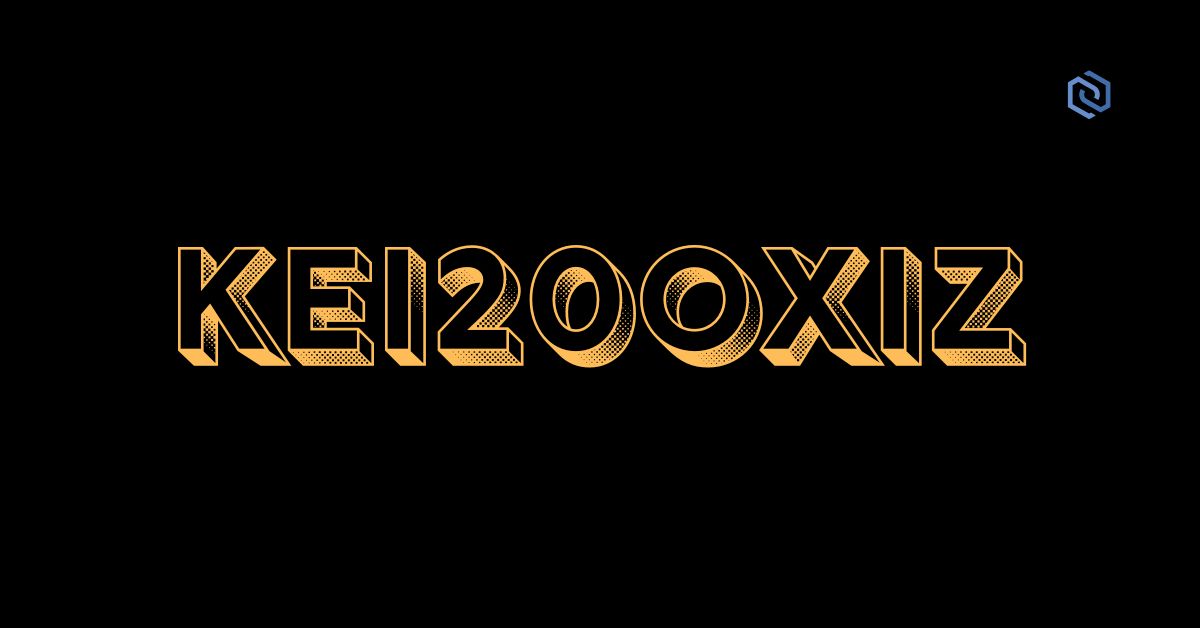In today’s digital world, odd and cryptic terms like “24ot1jxa” often pop up without clear explanations, yet they can have significant implications. This seemingly random combination of characters is not widely recognized as a legitimate platform, software, or file. However, it has increasingly been associated with suspicious activity, particularly in cybersecurity circles. Understanding what 24ot1jxa represents and why it’s being flagged as harmful is essential for individuals and organizations aiming to maintain safe and secure digital environments.
How 24ot1jxa appears in digital environments
The term 24ot1jxa typically shows up in obscure file names, hidden browser redirects, or strange URLs linked through phishing emails. Users have reported encountering this string in system logs or browser history without ever knowingly visiting a related site or downloading a related file. This hidden presence is often the first red flag, as it indicates that some unauthorized or covert action may have taken place within the device or browser session.
Potential links to malware or spyware
Though 24ot1jxa is not listed as a known software, app, or official domain, its behavior mimics that of malware or spyware. It can be embedded in scripts that auto-run on compromised websites or bundled with cracked software downloads. Once inside a system, it may attempt to collect user data, manipulate browser settings, or redirect traffic without permission. Such actions are hallmark traits of malicious code designed to exploit user trust or device vulnerabilities.
Why 24ot1jxa raises cybersecurity concerns
One of the main concerns surrounding 24ot1jxa is the lack of information and the irregular patterns in which it appears. The cybersecurity community tends to view unknown or low-detection strings like this with caution, especially when they appear in user logs or as part of unwanted processes. If not immediately recognized as harmful by standard antivirus programs, 24ot1jxa can remain undetected while it continues to gather data, interfere with system operations, or connect to unknown servers.
Impact on personal privacy and data
Any element that behaves similarly to a trojan or spyware risks exposing sensitive user data. 24ot1jxa could be tied to backdoor entry points used by hackers to access personal files, stored passwords, or browsing habits. The longer it operates unchecked, the more information it can transmit to unauthorized recipients. This compromises privacy and can also lead to identity theft, account takeovers, or even financial fraud.
Signs your system might be compromised
Users affected by 24ot1jxa might experience subtle but telling changes in their systems. These may include slower browser performance, redirected search results, frequent pop-ups, or increased CPU usage without obvious cause. In some cases, users may be unable to access security websites or antivirus updates, which suggests that the malware is actively blocking defensive actions. All these signs should prompt immediate investigation and scanning.
How it spreads across devices
Unlike traditional malware that may require direct downloads, 24ot1jxa could spread through compromised browser extensions, deceptive ads, or phishing links. Clicking on unfamiliar URLs or downloading content from unsecured sources might introduce it unknowingly. Additionally, devices on shared networks may spread it among each other, especially if basic firewalls or permissions are ignored. Once inside one system, it seeks to replicate or latch onto similar vulnerabilities elsewhere.
Lack of origin or official footprint
One of the reasons why 24ot1jxa is considered harmful is the complete absence of any legitimate origin. There’s no official website, company, or open-source repository associated with it. This makes it difficult to trace, block, or verify. Legitimate software and plugins usually leave behind documentation, developer details, and user communities. In contrast, 24ot1jxa is shrouded in mystery, which increases suspicion and concern about its purpose and potential risks.
Challenges for antivirus software
Since 24ot1jxa is not yet universally recognized, many antivirus programs may not flag it immediately. This allows it to slip past basic defenses, especially on older or unpatched systems. Users relying solely on free security tools may be at higher risk, as premium software tends to offer more advanced detection capabilities. Without known signatures or behaviors in antivirus databases, threats like 24ot1jxa become much harder to identify early.
Steps to remove 24ot1jxa from your system
If you suspect that 24ot1jxa has infiltrated your device, immediate action is critical. Begin by disconnecting from the internet to limit its ability to communicate externally. Use advanced antivirus or anti-malware tools with heuristic analysis to scan your entire system. Remove unfamiliar browser extensions or apps, especially those recently added. You may also need to reset your browser settings and clear all cookies and cache. If infections persist, consider reinstalling your operating system or consulting a cybersecurity expert.
Preventing future exposure to threats like 24ot1jxa
To prevent future encounters with threats like 24ot1jxa, implement stronger digital hygiene. Avoid clicking on suspicious emails, install software only from trusted sources, and regularly update your operating system and browser. Using browser extensions that warn against risky sites, such as HTTPS Everywhere or uBlock Origin, can reduce your chances of visiting compromised pages. Always run periodic system scans and back up your important data regularly to safeguard against potential losses.
The role of education in digital protection
Staying safe online is not only about technology but also about awareness. Educating users about threats like 24ot1jxa equips them to recognize early warning signs and take swift action. Parents, educators, and employers should promote digital literacy to help reduce the human error factor, which remains one of the leading causes of malware infections. Knowing what not to click is just as important as knowing how to fix things when something goes wrong.
How cybercriminals benefit from hidden scripts
Scripts like the one possibly represented by Why 24ot1jxa harmful offer cybercriminals passive income through activities like cryptojacking, ad fraud, or data resale. These processes can run silently in the background while users go about their usual activities. Without high CPU usage or visible signs, many people never realize that their system is compromised. The longer these scripts stay active, the more valuable information they can extract or exploit.
Implications for businesses and networks
For companies, the presence of a stealthy script like 24ot1jxa on a single device can pose a network-wide threat. It could allow intruders to infiltrate internal systems, gain access to proprietary data, or spy on employee activities. Businesses must train staff to follow cybersecurity protocols and enforce strict access controls. Regular audits and penetration tests can help ensure that even unknown threats are identified before they cause real damage.
Is 24ot1jxa a temporary trend or growing threat
While Why 24ot1jxa harmful currently exists as a low-profile concern, its ambiguity and stealth make it a growing threat. Cyberattacks today are becoming more sophisticated, often using obscure, low-detection methods to remain under the radar. As long as such threats remain unclassified or poorly understood, they pose a silent risk that can escalate quickly. It’s crucial for users and cybersecurity experts alike to monitor such anomalies and share findings for collective protection.
Conclusion
Why 24ot1jxa harmful may not yet be a question topping public discussions, but it should not be ignored. With its strange origins, suspicious behavior, and potential link to covert data collection, this term has quickly become a red flag in the cybersecurity space. Ignorance is the first risk; education is the first defense. By staying informed, practicing safe browsing, and updating defenses, individuals and businesses can reduce their vulnerability to obscure but dangerous threats like 24ot1jxa. The digital world is vast and evolving—knowing what’s lurking in its shadows is essential to navigating it safely.
FAQS
What is 24ot1jxa?
It’s a suspicious string often linked to potentially harmful digital behavior, such as redirects or spyware.
Can antivirus detect 24ot1jxa?
Not always. It may evade detection unless the software uses heuristic or behavioral scanning.
Is 24ot1jxa a virus?
While not a virus by name, its behavior suggests malware-like actions that can harm your system.
How do I know if I’ve been affected?
Unexpected pop-ups, browser slowdowns, and unfamiliar logs may indicate its presence.
Can 24ot1jxa steal my personal data?
If tied to spyware, it may collect data without your consent, making prompt removal important.





